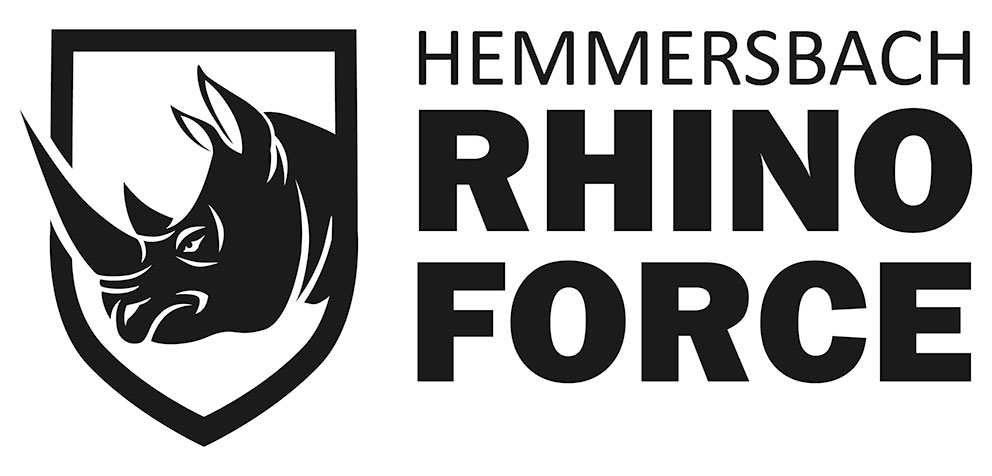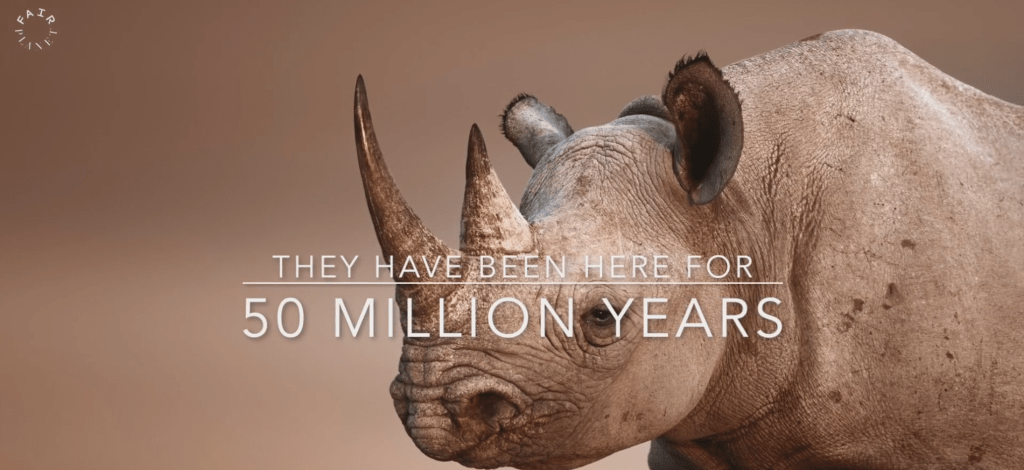Fairplanet’s Developing Story
FAIRPLANET is an online journalism platform, which is concerned with human rights issues and the way we, as humans, are treating our planet and its inhabitants.
FAIRPLANET accompanied the work of the Hemmersbach RHINO FORCE, which faces the complex task of saving the rhinoceros and developing opportunities for local communities to become involved in nature conservation.
Click here to read all episodes on www.fairplanet.com.
Watch our videos!


